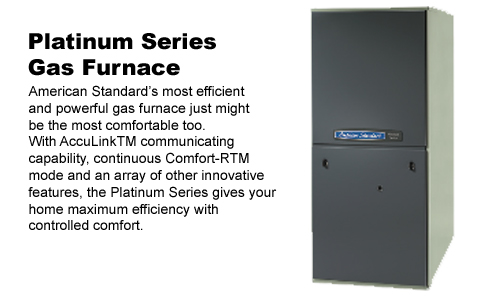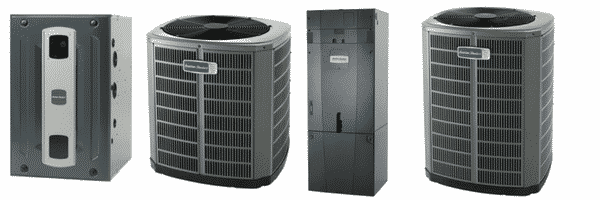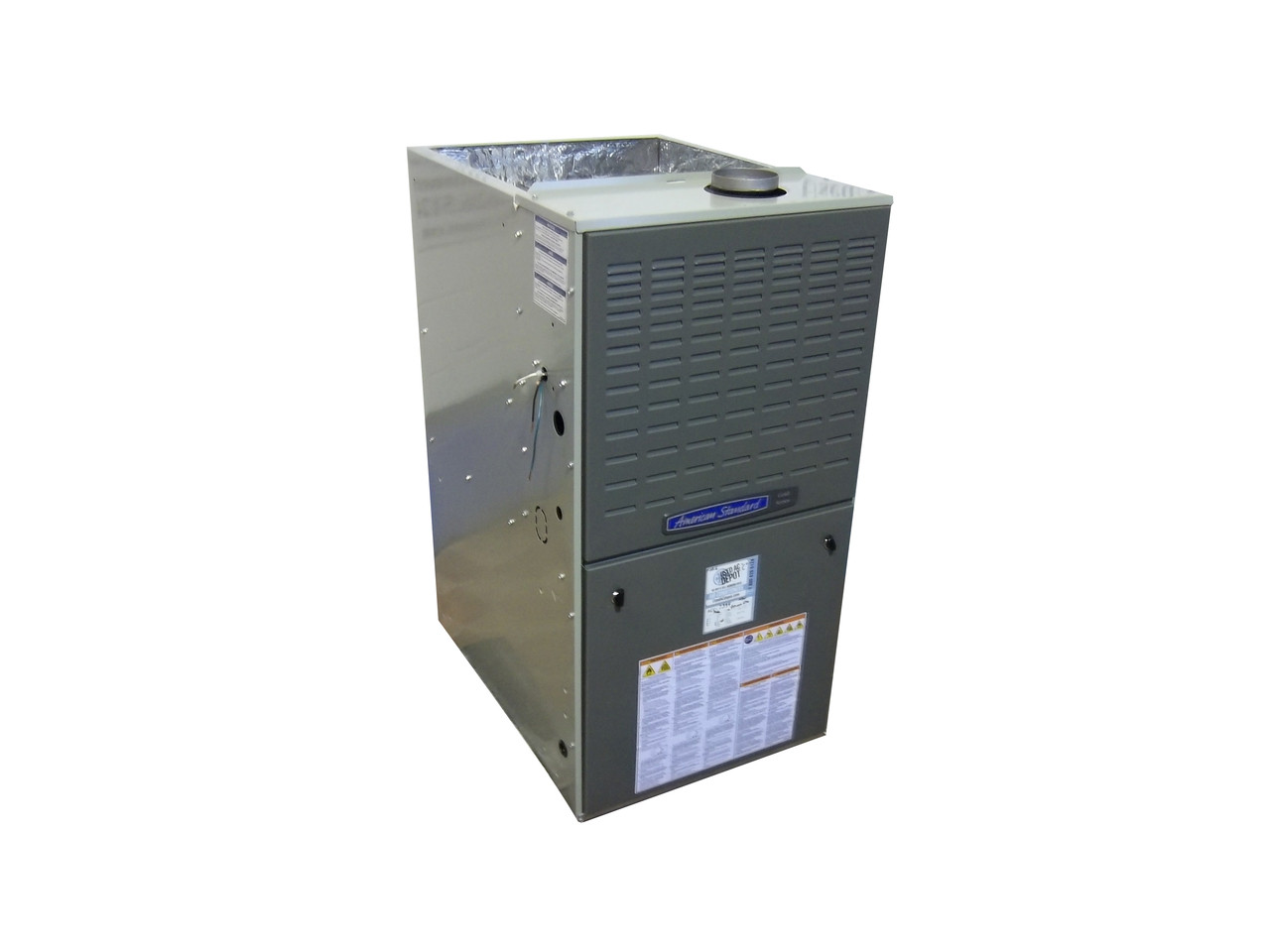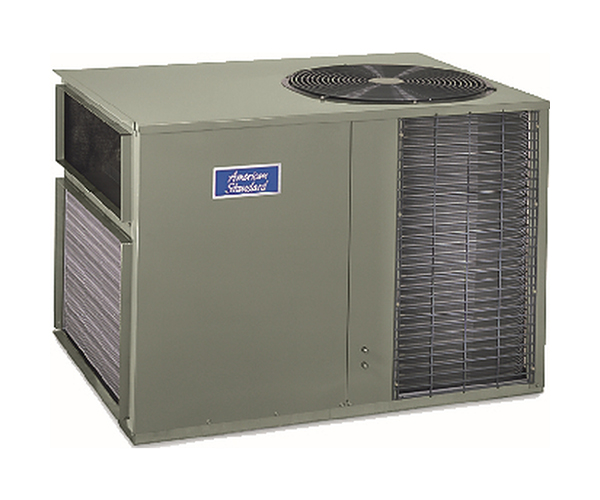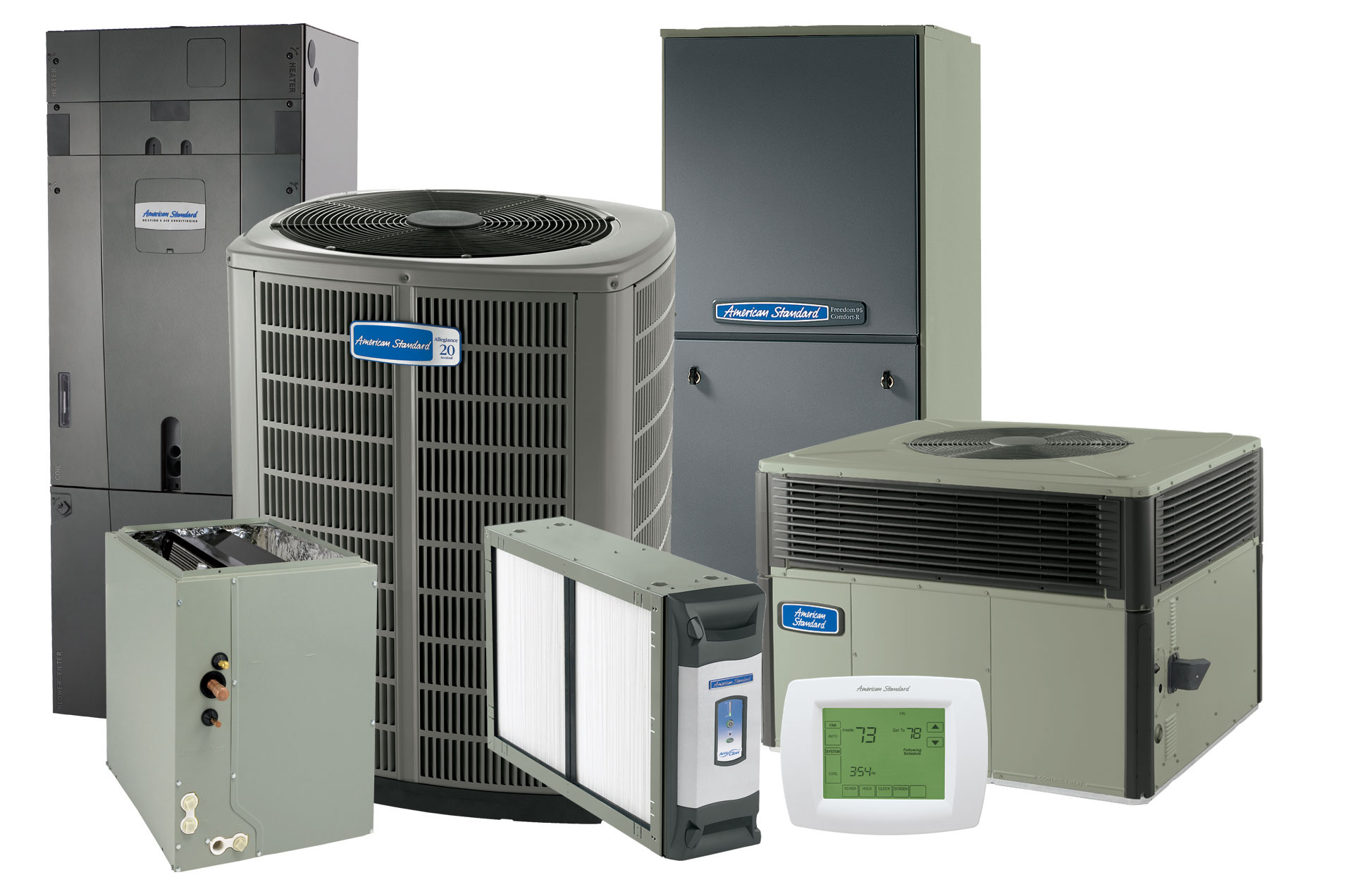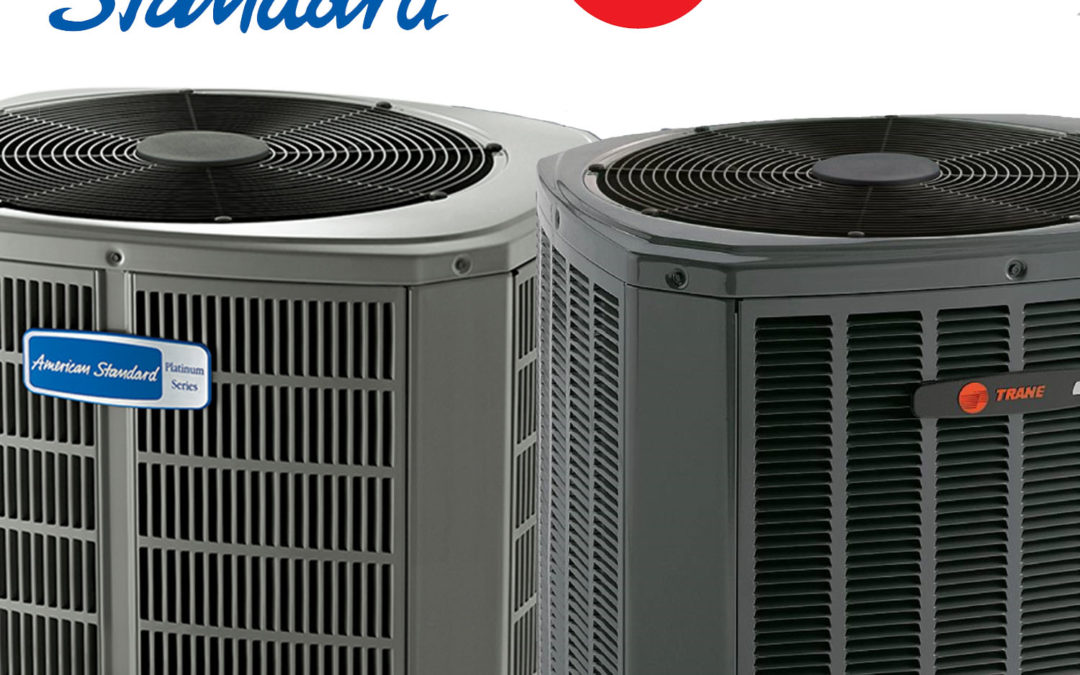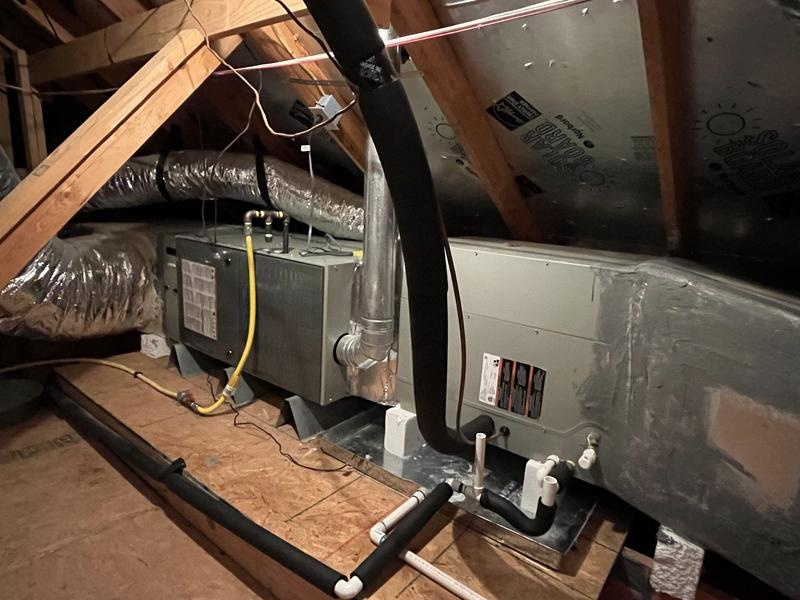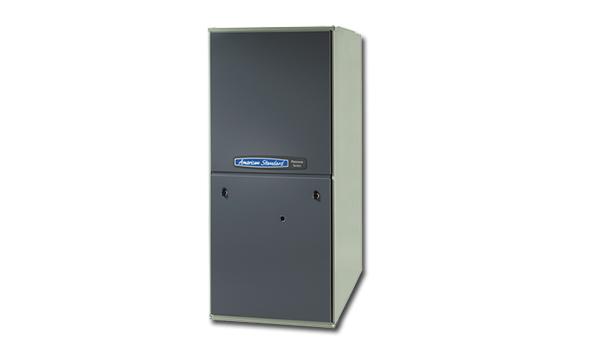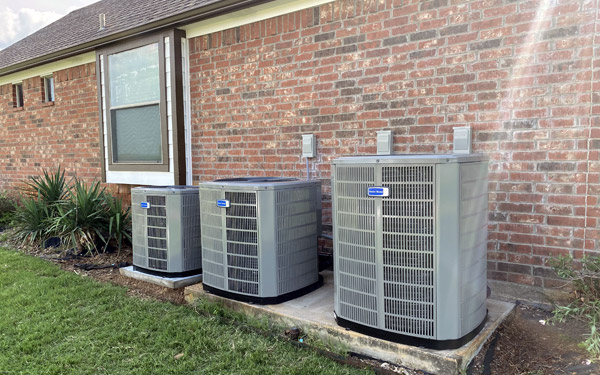American Standard Furnace Models

Decoding American Standard Furnace Models: A Guide for HVAC Professionals
American Standard furnaces are a mainstay in residential heating, known for their reliability and efficiency. Understanding their model variations, technologies, and installation requirements is crucial for HVAC professionals at all stages of their careers. This article provides a comprehensive overview of American Standard furnace models, career paths in furnace technology, relevant certifications, and industry trends.
American Standard Furnace Model Nomenclature: Understanding the Code
American Standard uses a specific coding system to identify its furnace models. Deciphering this code reveals key information about the furnace's features and capabilities. While the exact nomenclature can evolve, some common elements include:
- Series Identification: Letters often indicate the series, such as S9V2, Platinum 95, or Gold 80. Each series represents a different tier of performance and features.
- AFUE Rating: The Annual Fuel Utilization Efficiency (AFUE) rating, typically a two-digit number, signifies the furnace's efficiency. For example, "95" in a Platinum 95 furnace indicates a 95% AFUE rating. This means that 95% of the fuel consumed is converted into usable heat.
- Motor Type: Models may specify motor type, such as VS (Variable Speed) or DS (Direct Spark). Variable speed motors offer enhanced comfort and energy savings.
- BTU Input: This indicates the furnace's heating capacity, measured in British Thermal Units (BTU) per hour. Common sizes range from 40,000 to 120,000 BTU, depending on the heating needs of the home.
- Model Revision: Additional numbers and letters at the end may indicate minor revisions or updates to the model.
For instance, a model number like "S9V2C100U5XP" might break down as follows (example only – refer to specific American Standard documentation for accurate interpretations):
- S9V2: Likely a specific high-efficiency furnace series.
- C100: Could represent a BTU input around 100,000.
- U5: A generation or version designator.
- XP: Denotes Premium Model Features.
Always consult the manufacturer's documentation and model-specific information for precise details.
Key American Standard Furnace Series
American Standard offers a range of furnaces catering to different budgets and performance requirements. Some of the popular series include:
- Platinum Series: The premium line, typically featuring the highest AFUE ratings, variable-speed blowers, and advanced comfort features like modulating gas valves for precise temperature control.
- Gold Series: A mid-range option offering a balance of efficiency and affordability, often with multi-stage gas valves and high-efficiency blower motors.
- Silver Series: The entry-level series provides reliable heating at a lower upfront cost, typically with single-stage gas valves and standard blower motors.
Within each series, variations exist based on BTU input, features, and specific technologies. Technicians should be familiar with the common features and troubleshooting procedures for each series.
Essential Technologies in American Standard Furnaces
American Standard incorporates several key technologies to enhance the performance and efficiency of its furnaces:
- Variable-Speed Blowers: These motors adjust airflow based on heating demand, providing consistent temperatures, improved comfort, and reduced energy consumption.
- Multi-Stage Gas Valves: These valves offer multiple heating levels, allowing the furnace to operate at lower capacities during milder weather, reducing energy waste and improving comfort.
- Modulating Gas Valves: The pinnacle of gas valve technology, modulating valves offer precise temperature control by continuously adjusting the gas flow based on demand.
- Communicating Technology: Some models feature communicating technology, allowing the furnace to communicate with smart thermostats and other system components for optimized performance and diagnostics.
- Stainless Steel Heat Exchangers: Durable and corrosion-resistant, stainless steel heat exchangers ensure long-lasting performance and efficiency.
Career Paths in Furnace Technology
The demand for skilled HVAC technicians is strong, with the Bureau of Labor Statistics projecting a growth rate of 6% from 2022 to 2032. This growth translates to numerous job opportunities for individuals with expertise in furnace installation, maintenance, and repair.
Potential career paths include:
- HVAC Technician: Install, maintain, and repair heating, ventilation, and air conditioning systems, including furnaces. The median annual wage for HVAC mechanics and installers was $59,620 in May 2023.
- HVAC Installer: Specialize in the installation of new HVAC systems, including furnace replacements.
- HVAC Service Technician: Focus on troubleshooting and repairing existing HVAC systems, including furnaces.
- HVAC Sales Engineer: Work with clients to design and specify HVAC systems for residential and commercial buildings.
- HVAC Project Manager: Oversee the installation and maintenance of HVAC systems for large-scale projects.
Real-world examples include:
Example 1: A recent HVAC graduate starts as an entry-level technician, assisting experienced technicians with furnace installations. Over time, they gain experience and certifications, eventually becoming a lead installer, supervising teams and managing projects.
Example 2: An experienced mechanic transitions to specializing in troubleshooting and repairing high-efficiency furnaces. This involves taking advanced training courses and earning certifications related to specific furnace technologies.
Essential Certifications for Furnace Technicians
Earning relevant certifications can significantly enhance career prospects and earning potential.
- EPA Section 608 Certification: Required by the EPA for technicians who handle refrigerants, which are used in heat pumps often paired with furnaces in hybrid heating systems. There are different types of 608 certifications depending on the type of equipment serviced.
- NATE Certification: The North American Technician Excellence (NATE) certification is a widely recognized industry standard. NATE offers certifications in various HVAC specialties, including gas heating.
- Manufacturer-Specific Training: Many manufacturers, including American Standard, offer training programs on their equipment. Completing these programs demonstrates expertise and can lead to preferential treatment by employers.
Continuing education is crucial for staying up-to-date with the latest technologies and industry best practices. Many community colleges and technical schools offer HVAC training programs and continuing education courses.
Industry Trends Affecting Furnace Technology
Several key trends are shaping the future of furnace technology:
- Increased Efficiency Standards: Government regulations and consumer demand are driving the development of more efficient furnaces with higher AFUE ratings.
- Smart Home Integration: Furnaces are increasingly being integrated with smart home systems, allowing for remote control, energy monitoring, and automated adjustments.
- Alternative Fuels: Research and development are underway on furnaces that can operate on alternative fuels, such as propane and renewable energy sources.
- Hybrid Heating Systems: Combining furnaces with heat pumps in hybrid systems provides efficient heating and cooling solutions for various climates.
Staying informed about these trends is essential for HVAC professionals to remain competitive and provide cutting-edge solutions to their customers.
Troubleshooting Common American Standard Furnace Issues
Even with proper installation and maintenance, furnaces can experience problems. Common issues include:
- No Heat: Possible causes include a tripped circuit breaker, a faulty thermostat, a clogged air filter, or a malfunctioning gas valve.
- Pilot Light Problems: Issues with the pilot light can prevent the furnace from igniting. This could be due to a dirty pilot light assembly, a faulty thermocouple, or a gas supply problem.
- Blower Motor Issues: A malfunctioning blower motor can prevent air from circulating through the vents. This could be due to a faulty motor, a bad capacitor, or a clogged blower wheel.
- Strange Noises: Unusual noises, such as banging, rattling, or squealing, can indicate mechanical problems with the furnace.
- Short Cycling: The furnace turns on and off frequently, which can lead to energy waste and reduced comfort. Possible causes include an oversized furnace, a clogged air filter, or a faulty thermostat.
Thorough troubleshooting, using appropriate diagnostic tools, and following safety procedures are crucial when addressing furnace issues.
The Future of Furnace Technology
As energy efficiency and environmental concerns continue to grow, expect to see continued innovation in furnace technology. This includes even higher AFUE ratings, more sophisticated control systems, and the integration of renewable energy sources. HVAC professionals who embrace these advancements will be well-positioned for success in the evolving industry.
Investing in training, certifications, and a commitment to lifelong learning are essential for a rewarding career in furnace technology. By understanding American Standard furnace models, technologies, and industry trends, HVAC professionals can provide valuable services to their customers and contribute to a more sustainable future.
